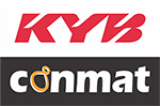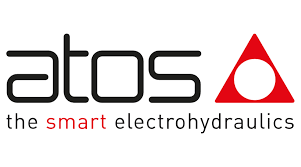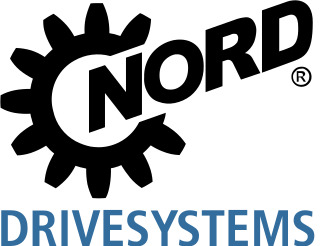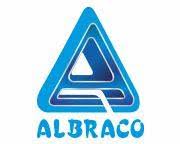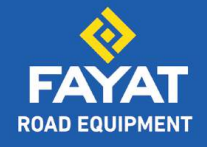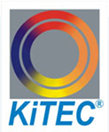Bharat Mala and metro projects to drive CE demand through 2030
By Staff Report | February 11, 2025 7:16 pm SHARE
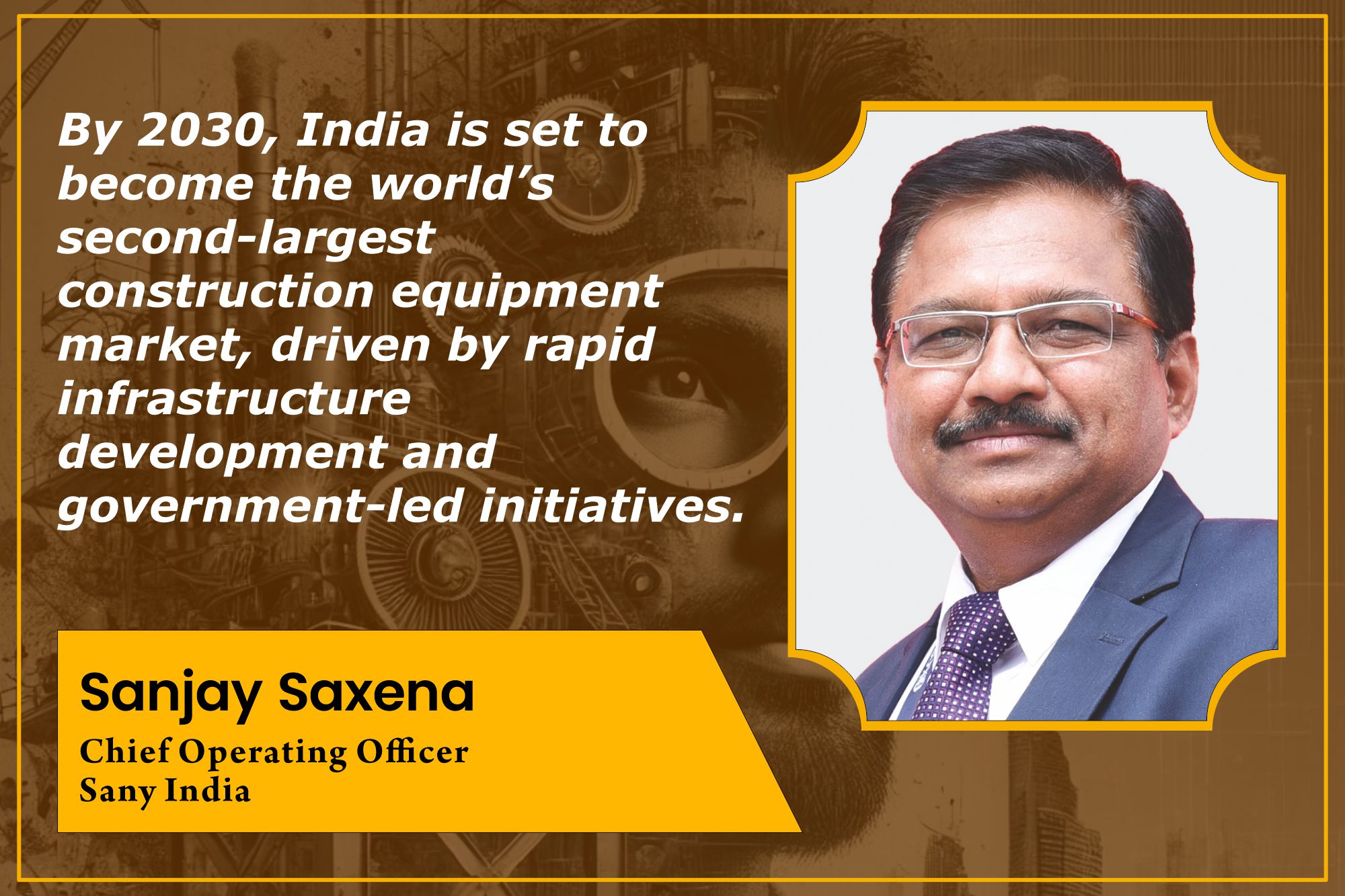
As India gears up for massive infrastructure development, Sany India’s Pune facility is set to play a pivotal role in manufacturing high-demand machinery and meeting domestic and export needs.
Please provide an overview of your manufacturing capabilities.
Our manufacturing plant in Pune, covering an expansive 100 acres, has been operational since 2009. We have an annual manufacturing capacity of around 12,000 machines, amounting to approximately 18,000 machines per year. Last year, our sales reached close to ₹9,000 crore, and we are optimistic about the prospects in the coming years, particularly given the government’s infrastructure investments.
We have set ambitious targets for this year and next as infrastructure projects in India continue to grow. We are currently involved in eight different verticals, including excavators, cranes, pile drivers, mining machinery, wind energy equipment, road construction machinery, and core machinery. These are the primary sectors that we serve from our Pune facility.
Exporting is a key component of our strategy. Our Pune facility serves as an export hub. We have already begun exporting several products, including telehandlers, which we are exporting 100% to the United States, with an annual shipment of around 1,000 units. Starting this year, we are also gearing up to export road construction machinery designed to meet U.S. manufacturing standards.
What is your perspective on the current electrification in construction equipment in India and globally?
The concept of smart construction equipment, which we once called telematics, has evolved significantly. The industry has moved beyond data collection to implementing intelligent systems that integrate real-time insights, predictive analytics, and enhanced machine learning capabilities. In India, we are also making strides in electrification. Over the past two years, we have developed electrified port machinery, mining dumpers, and excavator models.
We are also entering the commercial electric truck market in India. However, the major hurdle remains the charging infrastructure. Companies are actively working to build a charging station network, but once that infrastructure is in place, we expect rapid growth in the sector.

With the Indian government focusing heavily on infrastructure development, how do you see the industry’s prospects, and what challenges do you foresee?
The Indian government’s focus on infrastructure development is a major driver for the construction equipment industry. We are seeing a surge in infrastructure projects, particularly roads, metros, and railways. India’s infrastructure growth potential is immense compared to that of developed nations, but we are still far behind in terms of fully accessible roads. For example, while the U.S. and European countries have up to 30 percent of their roads in a fully developed state, India is currently at about 3%. This presents a huge opportunity for growth.
The government’s push for projects under the “Bharat Mala” scheme and metro rail developments is expected to drive demand for construction equipment in the coming years, at least through 2030 and beyond. However, one challenge we face is the delayed release of funds for projects, which impacts the pace of equipment purchases. Nonetheless, we remain optimistic as the government continues to increase infrastructure spending.
How critical is financing for contractors, and what trends are you seeing regarding purchases versus rentals?
We actively work with banks and NBFCs (Non-Banking Financial Companies) to facilitate equipment financing. The financial sector is currently healthy regarding liquidity, and many contractors are exploring financing options for their equipment purchases. While some are still opting for equipment rentals, the trend toward ownership is growing as financing options become more accessible.
Banks are also keen to partner with construction companies to ensure smooth financing of equipment purchases. We are closely working with them to ease the financing process for our customers. The expansion of financing options is helping contractors equip themselves with the latest machinery for their projects.
India is poised to become the world’s second-largest construction equipment market by 2030. However, what challenges do you see in achieving this growth, and how can the industry and government address them?
While we do not anticipate any significant challenges, there are a few areas where we need focused attention. One of the key issues is the Production-Linked Incentive (PLI) scheme for construction equipment manufacturing, which is actively being discussed. This scheme could further boost the industry by offering incentives for local manufacturing. Additionally, environmental regulations and emission norms are becoming clearer, and we expect further streamlining in these areas.
However, land acquisition issues and project delays due to funding constraints remain potential hurdles that could slow down the pace of development. Despite these challenges, we are optimistic about the future as the overall environment for infrastructure development remains conducive to growth.
While India has made significant strides in manufacturing construction equipment, scaling up remains challenging. How do you see the localisation of key components, and what is the status of component manufacturing in India?
India has made substantial progress in localising many critical components of construction equipment. Hydraulic pumps, motors, and gearboxes are largely localised, with only a few components like undercarriages still being imported. Engines are fully localised, which is a significant achievement. However, we face challenges in the localisation of advanced electronic components, as the global technology in this area is evolving rapidly.
The key challenge remains scaling up production to meet the growing demand. While we can manufacture a wide range of components locally, the industry must continue to evolve and invest in expanding production capacities.
The issue of skilled workforce in the construction sector is a critical concern. What is being done to address the skills gap, and how is the government supporting this effort?
There is indeed a significant skills gap in the Indian construction industry. While there is a large pool of available workforce, many workers lack the necessary skills to operate and maintain advanced machinery. We are actively involved in training programs and skill development initiatives to address this. We have partnered with the government’s infrastructure equipment skill councils and have committed to training many workers, especially in machine operation and maintenance.
While companies are not required to provide training, it is our social obligation, and we recognise the importance of equipping our workforce with the necessary skills to operate modern machinery effectively.
The construction industry has traditionally been male-dominated. What steps is your company taking to encourage the participation of women in the workforce, particularly on the shop floor and as machine operators?
We are actively working to encourage more women to join the workforce. We recruited female operators and trained women on the shop floor to test our machines. We aim to break stereotypes and provide equal opportunities for women in the construction equipment sector. Diversity is essential for driving innovation and progress in the industry.
What is your view of the circular economy, particularly the construction equipment sector?
We are actively working to integrate circular economy principles into our business model. We are exploring options for machine buyback schemes and refurbishing older machines to extend their life cycle. By offering annual maintenance contracts and full-service maintenance options, we ensure that our machines are well-maintained, which helps prolong their operational life.
As the industry moves toward more sustainable practices, we are also looking into the possibility of refurbishing old equipment and offering customers extended warranties on refurbished machines. This will ensure that the equipment remains productive for a longer time, thus contributing to a more sustainable approach to construction.
For more information, visit: https://www.sany.in/
Cookie Consent
We use cookies to personalize your experience. By continuing to visit this website you agree to our Terms & Conditions, Privacy Policy and Cookie Policy.









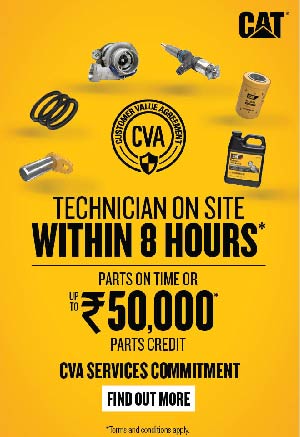











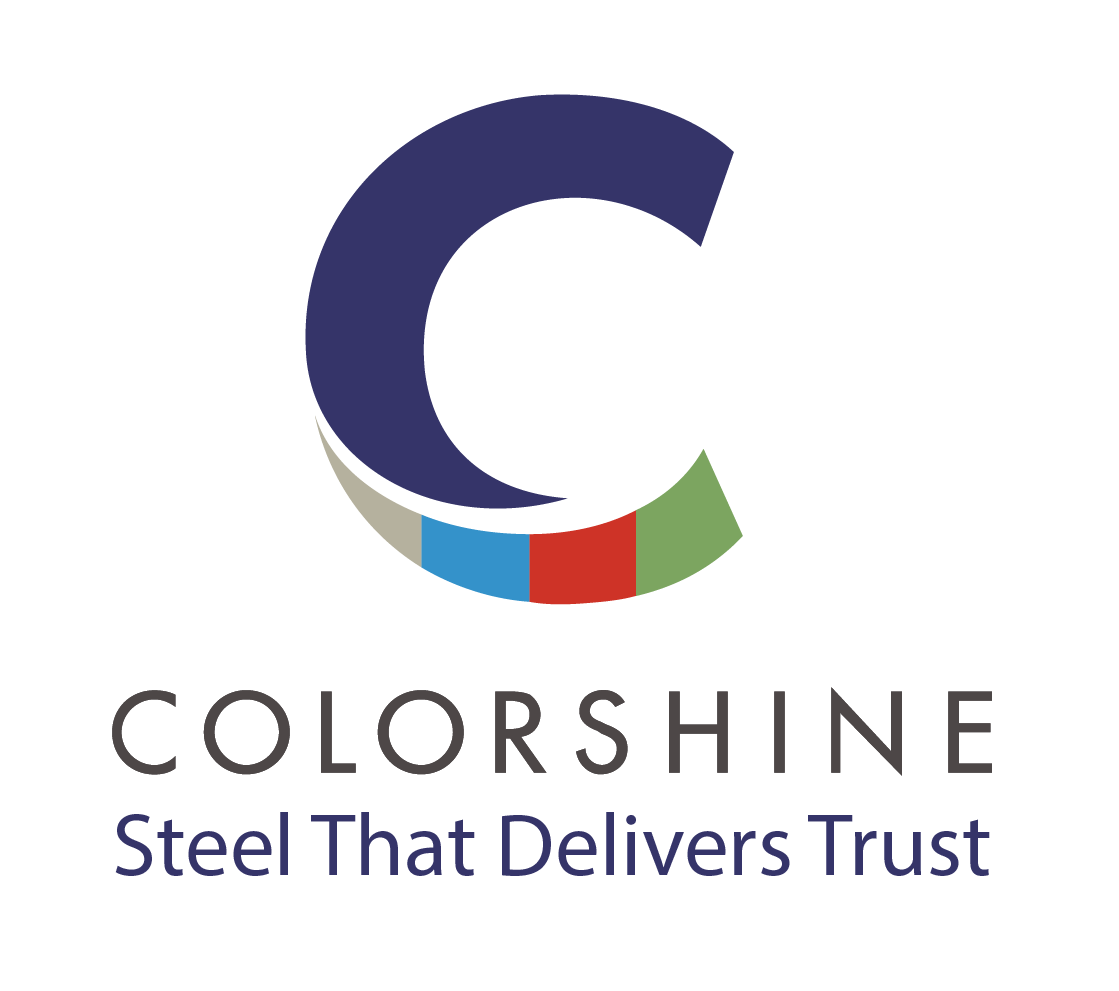











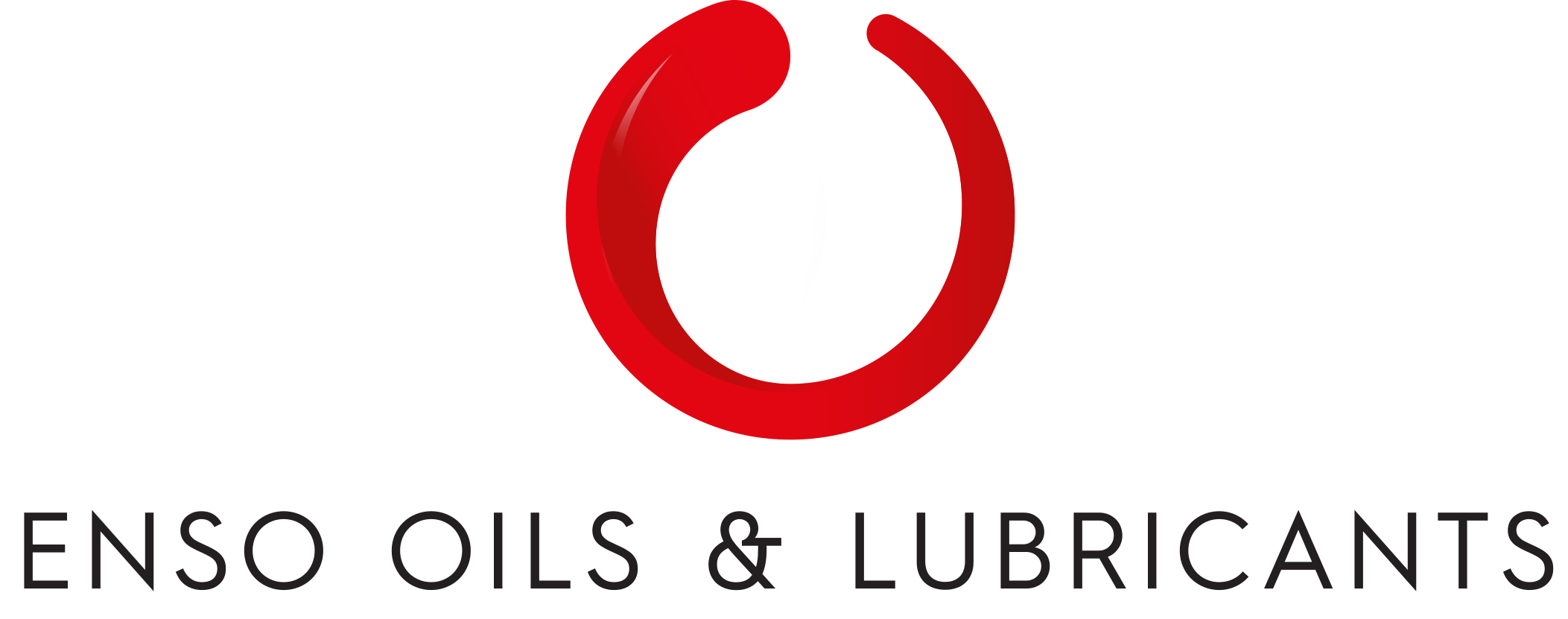


-20240213125207.png)

